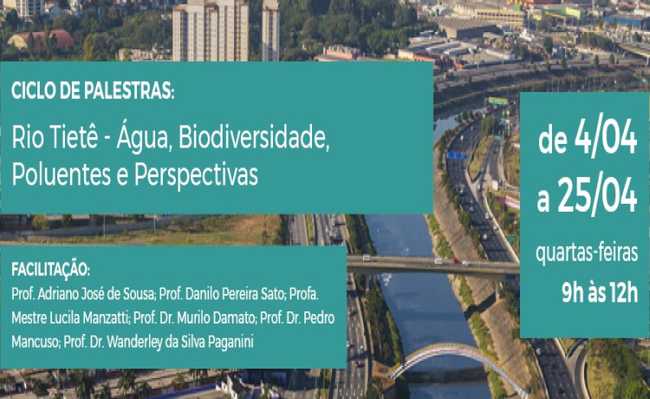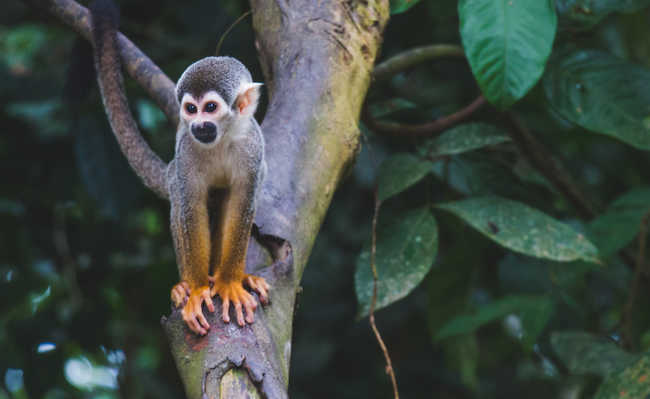Firefly: an endangered insect
Because of deforestation, light pollution and the use of pesticides, fireflies are at risk of disappearing

Edited and resized toan phan image is available on Unsplash
Firefly blinking, cricket singing interrupted by the sound of the fire cracking dry wood, starry sky and food cooked in the clay pot. All this is characteristic of a scenario that almost no longer exists: life as it was before urbanization. Urban disturbance does not only harm the inhabitants of urban centers, the small beetle that lights up, known as a firefly or firefly, one of nature's most fascinating beings, has also been hit. This insect that occurs in more than two thousand species is in danger of extinction because of the loss of its habitat, light pollution and the use of pesticides.
- What is light pollution?
The name firefly comes from the Greek peri (around) and lampein (light), but because it is common in the Atlantic Forest and other Brazilian ecosystems, it was also given its Tupi name: "Wow". In popular language, it can still be known as firefly, martin, lampíride, lantern, fire pit, piríphora, among others.
- What are pesticides?
Molecular biologist Vadim Viviani, professor at the Biology Department at the Biosciences Institute (IB) at Unesp, explains that, in Brazil alone, there are more than 500 species of fireflies. According to the researcher, "some have a larval stage of about a year, in which they feed on snails, and an adult stage, which lasts only a month"; others have a longer larval stage and a third, rarer type (found only in South America), "in addition to producing yellow-green light by rows of lanterns along the body, they are the only ones that produce red light, located in the head . The larva, which feeds on snake lice, lasts for two years and the adult, on average, for a week."
For Viviani, it is important to preserve the firefly to maintain the ecosystem balance, so that it is also possible to investigate its light and apply it for biotechnological and biomedical purposes. This is because the firefly's luminosity genes can be used as biomarkers (measurable indicators of disease detection), since, when transferred to a bacterium, it is illuminated.
Risks to firefly survival
Despite its importance for the environment and science, the firefly is disappearing. Research published in BioScience indicate that habitat loss, light pollution and pesticides threaten firefly occurrence . According to Sara Lewis, a professor of biology at Tufts University and a firefly researcher, habitat loss is the main reason there are fewer and fewer bioluminescent insects (which emit their own light).
Without the environmental conditions necessary for its development, the firefly cannot complete its life cycle. A species native to Malaysia, scientifically called Pteroptyx tener, is an example in this regard. Its natural habitat (mangroves and specific plants for its reproduction) have been replaced by aquaculture farms and plantations for extracting palm oil.
- Palm oil, also called palm oil, has several applications
Another significant factor that affects firefly reproduction is the luminosity of cities. According to researchers, in an interview with CNN, the lights on at night prevent fireflies from finding their sexual partners. This is because the form of attraction used between them is the bioluminescent pattern (which emits light naturally) located in the lower part of the insect's abdominal segment. Luciferin (a class of pigments responsible for bioluminescence in animals) is oxidized by nuclear oxygen, mediated by the enzyme luciferase, resulting in oxyluciferin, which loses energy in the form of light rather than heat - a way for the female to communicate its presence to attract the sexual partner.

Edited and resized image by Luis Felipe dos Reis Gomes Peixoto, is available on Wikimedia and licensed under CC BY-SA 4.0
Light pollution can come from street lights, commercial signs and sky glare, more diffuse lighting that spreads beyond urban centers and can be brighter than the full moon. The male firefly also exhibits specific bioluminescent patterns to attract females, who respond in return. Unfortunately, artificial lights can mimic and thus confuse the signals between them. Or, even worse, light pollution can be too intense for fireflies, which end up inappropriately emitting and recognizing ritualistic signals for mating.
In his book "Before Fireflies Disappear or the Influence of Artificial Lighting on the Environment", Brazilian author Alessandro Barghin agrees that artificial lighting plays an important role in the decline in the number of fireflies in our ecosystem.
But the obstacles to the firefly's permanence do not stop there. There is still a third factor that makes the reproduction of this insect unfeasible: the use of pesticides. According to the Center of Biological Diversity, systemic pesticides such as neonicotinoids that penetrate the soil and water, harm firefly larvae and their prey, making it impossible for them to feed. Also, as fireflies are commonly found in wetland habitats, they are threatened by insecticide spraying against mosquitoes. As a result, the larvae starve or have developmental anomalies that impede population growth.
- How to get rid of mosquitoes in a natural way
Public protests by the International Union for Conservation of Nature (IUCN) Firefly Specialist Group, as well as the International Firefly Network, seek to raise awareness of dwindling firefly populations.
To protect these luminous insects that have long captivated the imagination with their fairy tale lights, a lot of work still needs to be done, especially considering the report from UK Wildlife Trusts about the 'silent apocalypse', in which 41% of the world's insect species face extinction.Knowing this, the American portal treehugger listed four main ways to reduce environmental pressure on the firefly:
- Avoid using pesticides;
- Do not eliminate worms, snails and slugs - this way firefly larvae can feed;
- Turn off lights whenever possible;
- Provide grass, foliage and shrubs, which are good environments for the firefly;
Another practice that has been seen as the salvation of the firefly is ecotourism. In places like Japan, Taiwan and Malaysia, it is a recreational activity to watch the spectacular light displays presented by some species of firefly. If this practice is extended to other regions of the world, such as Brazil, it is possible that it will have positive impacts.










